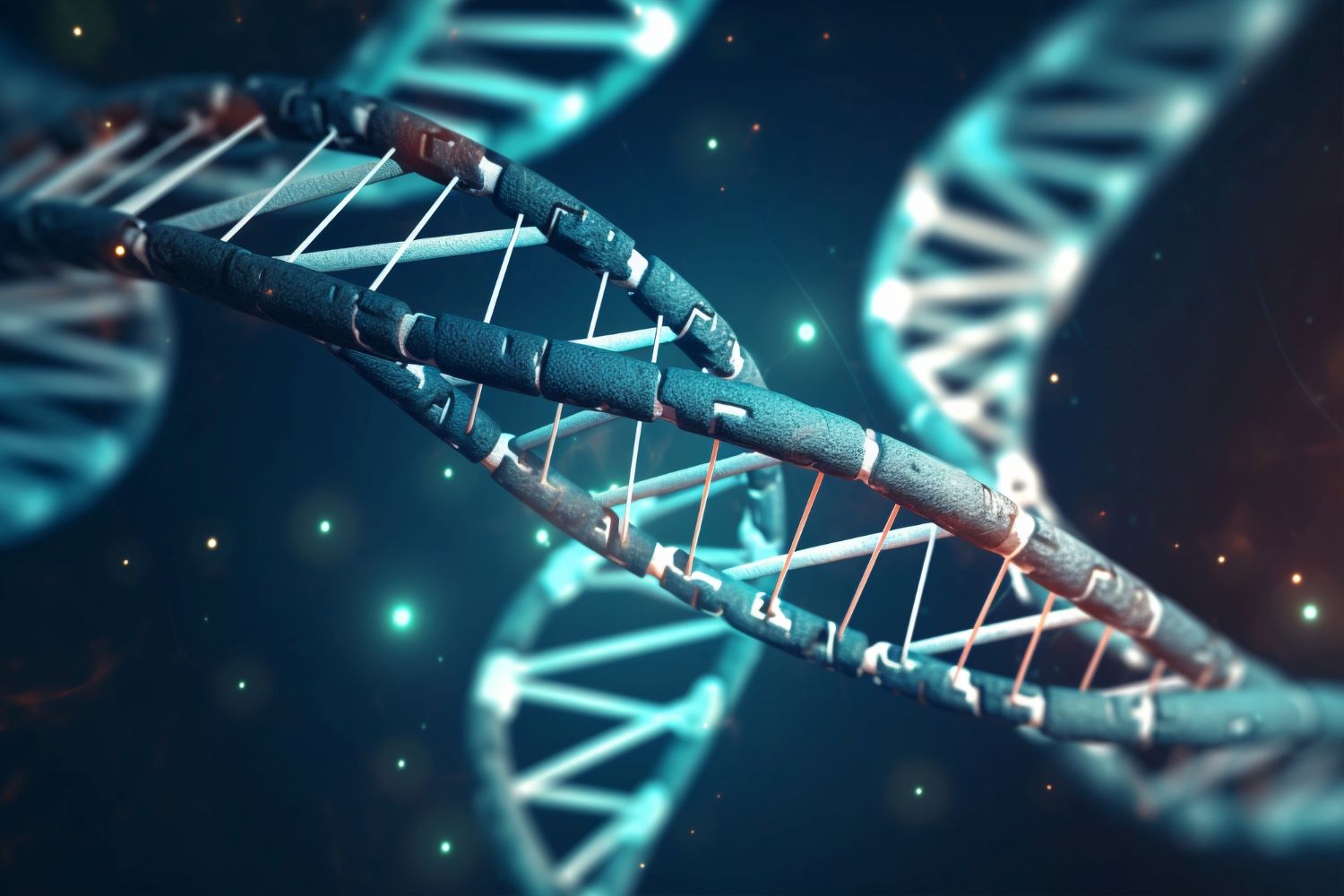A recent study has significantly altered our understanding of transposable elements in the human genome, revealing their vital role in early embryonic development. Researchers at Sinai Health have discovered that these segments of DNA, commonly referred to as “selfish DNA,” particularly the LINE-1 (Long Interspersed Nuclear Element-1), are not merely parasitic but essential for the proper formation of human embryos. Historically viewed as detrimental, these transposable elements constitute approximately 20% of the human genome, while functional genes represent less than 2%, indicating a much more complex relationship than previously thought.
Transposons, the genetic elements capable of relocating within the genome, were once compared to viruses due to their ability to replicate and potentially disrupt normal gene function. However, Dr. Juan Zhang, a senior co-author and postdoctoral fellow involved in the study, pointed out that LINE-1 RNA shows significant activity during the early stages of embryonic development. This observation challenges the long-held belief that transposable elements primarily serve as harmful agents contributing to diseases such as cancer and hemophilia.
The study’s findings highlight the importance of LINE-1 in embryo development, particularly through experiments that involved blocking its activity. When Dr. Zhang’s team inhibited LINE-1 in human embryonic stem cells, they observed that the cells reverted to an earlier developmental stage known as the 8-cell stage. At this stage, the cells are capable of developing into both embryonic and placental tissues, underscoring the necessity of LINE-1 in guiding the differentiation process of cells into specialized forms required for further embryonic development.
These insights shed light on the previously underestimated roles of transposable elements, suggesting that what was once considered “junk DNA” may actually be crucial to the complexities of human development. The implications of this research extend beyond embryology; they may also provide new avenues for understanding genetic diseases and advancing regenerative medicine. By unraveling the functions of LINE-1 and similar elements, scientists can better comprehend their contributions to both normal development and pathological conditions, ultimately leading to innovative therapeutic strategies.











